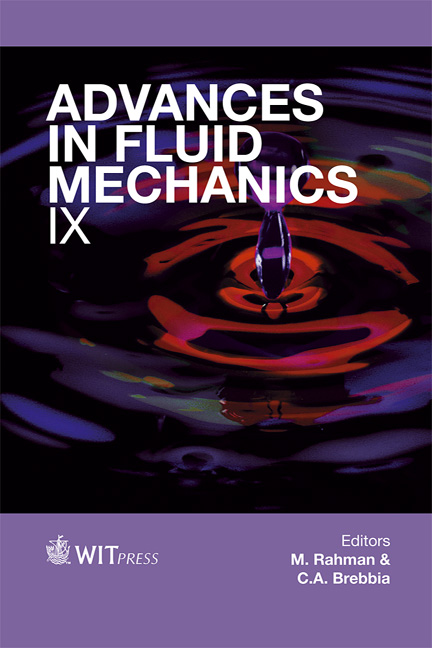Computational Design Of The Flow Properties Of Foams
Price
Free (open access)
Transaction
Volume
74
Pages
10
Page Range
109 - 118
Published
2012
Size
947 kb
Paper DOI
10.2495/AFM120101
Copyright
WIT Press
Author(s)
J. Skibinski, T. Wejrzanowski, J. Szumbarski & K. J. Kurzydlowski
Abstract
In the present studies the quantitative relationships between the structure and flow properties of porous materials are addressed. In order to investigate such relationships a series of foam structures with different porosity were characterized by computer tomography. Later, 3D image analysis was applied to obtain quantitative parameters of foam structures. In order to calculate properties of the flow through porous structures, 3D images obtained by computer tomography were numerically processed and transformed into a finite element mesh. Simulation of fluid flow was performed using a Finite Volume Method. Both qualitative characterization and numerical simulation results, when compared, enabled us to establish structure-flow relationships. The preliminary results show that the pressure drop is strongly related to the porosity of foams. The significant effect on flow properties exhibits also the diversity of pore sizes. The results will be discussed with respect to foam structure optimization for several applications. Keywords: ceramic foams, pressure drop, finite volume method. 1 Introduction The industrial application of structures with open porosity such as ceramic or metallic foams has been growing over recent decade. Their favorable properties
Keywords
ceramic foams, pressure drop, finite volume method.





